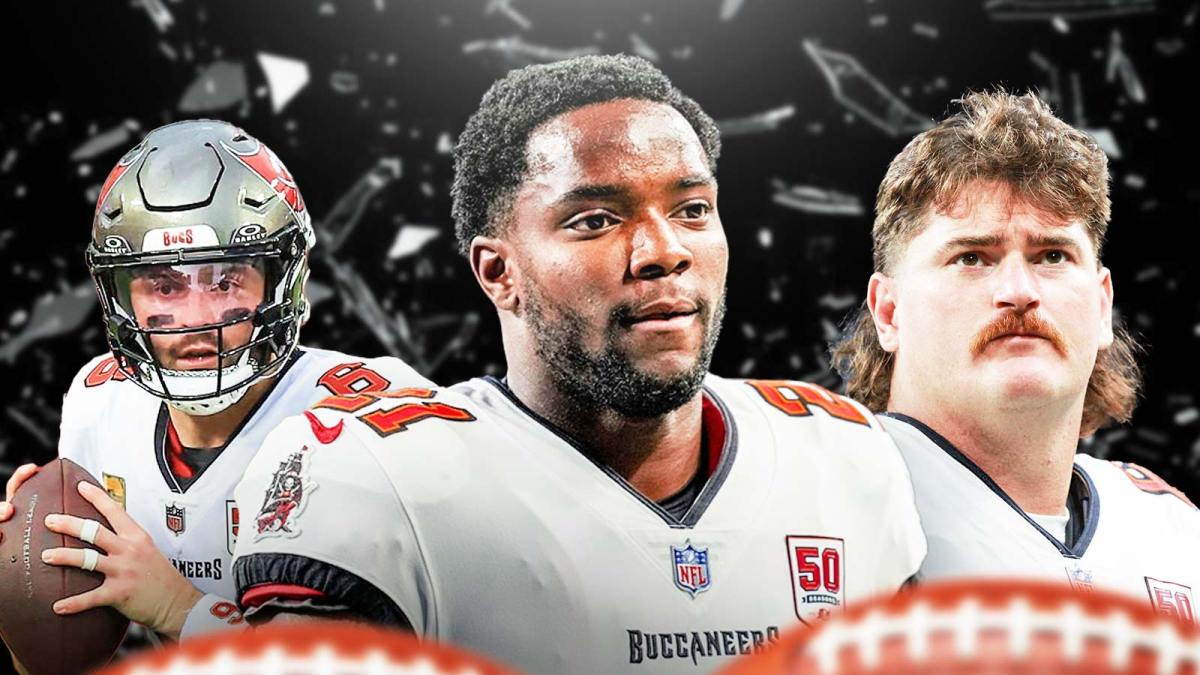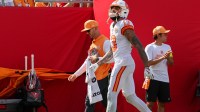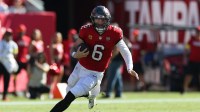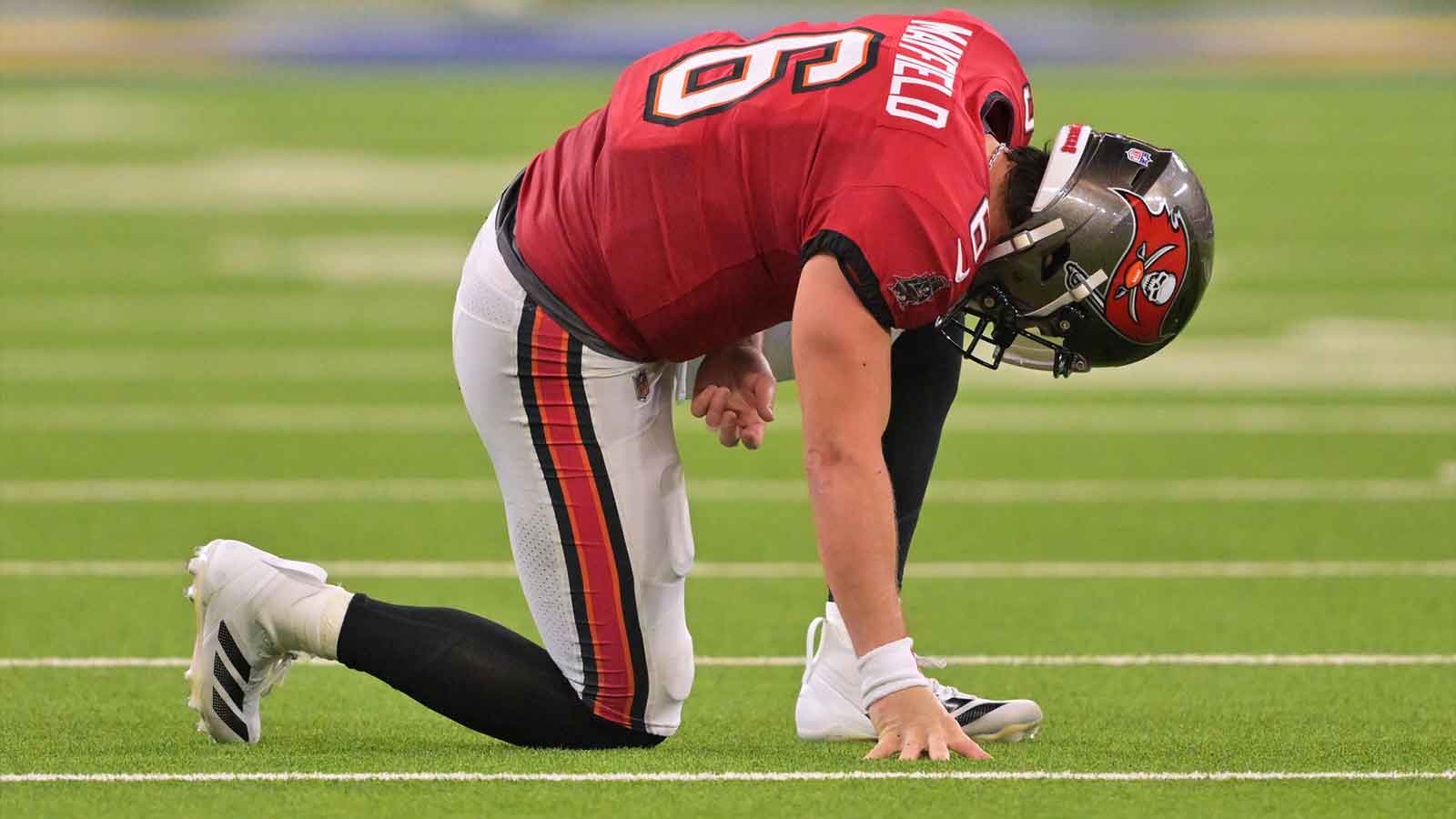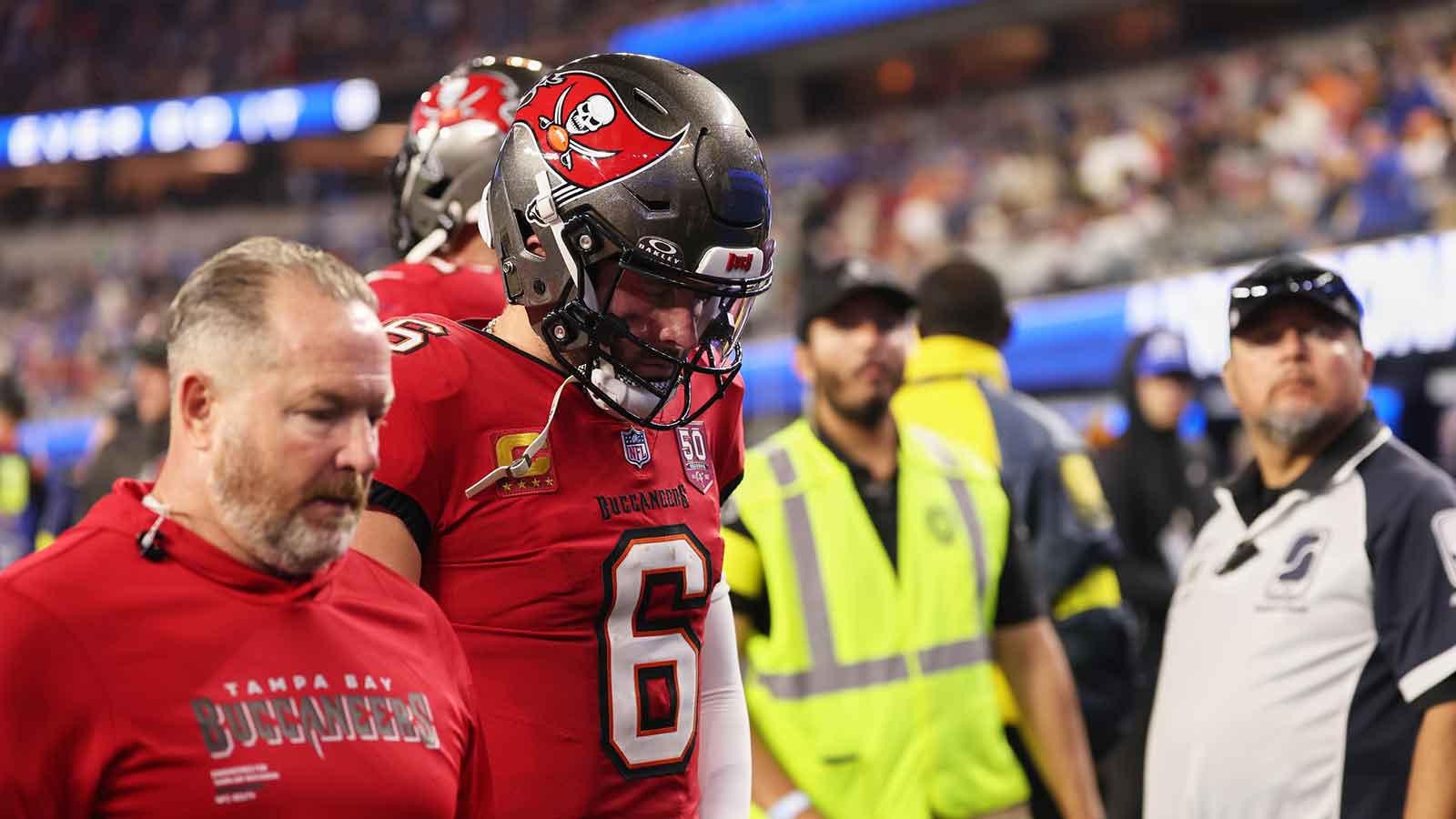The Tampa Bay Buccaneers entered Week 10 looking to solidify their grip on the NFC South. Instead, they left Raymond James Stadium reeling from a gut-punch loss to one of the AFC’s hottest teams. The 28-23 defeat to the New England Patriots felt like a microcosm of the Bucs’ recurring issues. They had defensive breakdowns, shaky protection, and inconsistent quarterback play.
Promise turns to peril
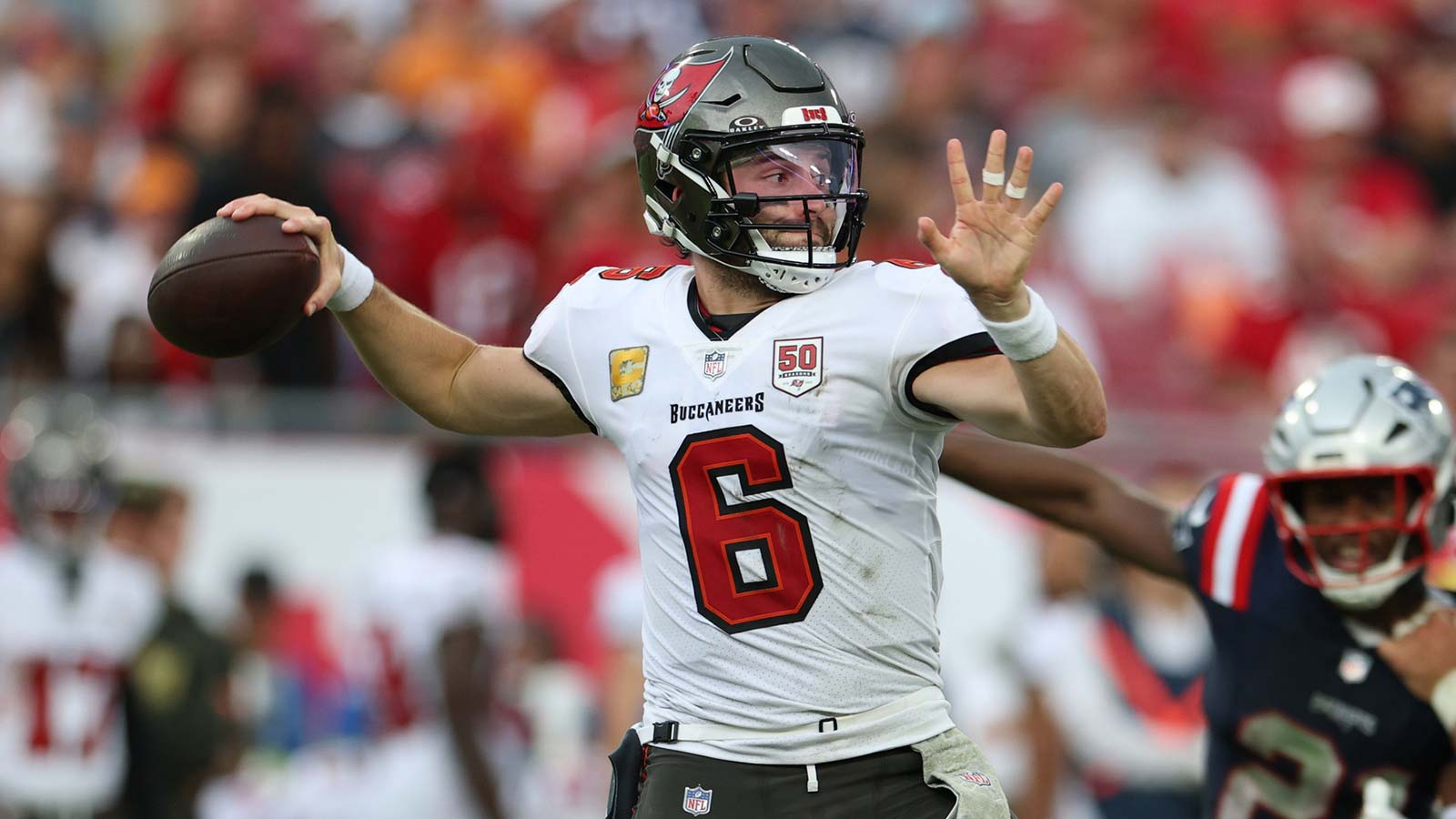
The game began with promise. Baker Mayfield tossed three touchdowns and kept Tampa Bay within striking distance. However, the Bucs’ defense unraveled at the worst possible moments. Patriots rookie running back TreVeyon Henderson ripped off touchdown runs of 55 and 69 yards. Meanwhile, quarterback Drake Maye continued his MVP-caliber campaign with timely throws and sharp execution. Tampa Bay had chances late, though. These included a red-zone interception from Tykee Smith that briefly swung momentum. However, critical fourth-down failures and a missed field goal earlier came back to haunt them.
When the dust settled, Tampa Bay fell to 6-3. On paper, they remain in solid position atop their division. On the field, though, this loss revealed deep cracks that can’t be ignored. If left unaddressed, they could derail what once looked like a promising playoff run.
Here we'll try to look at and discuss the Tampa Bay Buccaneers who are most to blame for their late loss to Patriots.
Inexcusable defensive lapses
For all the talk about Tampa Bay’s top-tier defense, Week 10 showed confusion, poor tackling, and missed assignments. The Buccaneers were gashed repeatedly by explosive plays that should never happen at this level.
To wit, Henderson’s massive touchdown runs were backbreakers. They were momentum-shifting plays that demoralized a team and its fan base. On both occasions, Tampa Bay defenders were caught out of position. They overpursued and left open lanes that Henderson punished with ease.
Cornerback Jalen Morrison also had a night to forget. He was burned by Kyle Williams on a 72-yard catch-and-run that tied the game in the first quarter. Later, Morrison’s defensive pass interference extended a Patriots drive that led to more points. When the Bucs desperately needed a stop late in the third quarter, Morrison gave up a 15-yard completion to Mack Hollins on third-and-seven. Each of these moments chipped away at Tampa Bay’s composure and their chances.
Defensive coordinator Larry Foote’s unit looked unprepared for the Patriots’ speed and misdirection. Without injured edge rusher Haason Reddick generating pressure, Drake Maye was comfortable in the pocket. He calmly read coverages and exploited mismatches. For a defense that once thrived on chaos, the Bucs looked entirely too predictable.
Offensive line collapses again
The offensive line’s struggles have become a weekly storyline for Tampa Bay. Sadly, Sunday was no different. Injuries forced yet another round of shuffling, and the instability up front proved costly.
Left guard Ben Bredeson’s early exit forced backup Michael Jordan into extended duty. Jordan, along with backup right guard Dan Feeney, was overmatched against New England’s interior pressure. The Patriots’ front seven feasted on mismatches, recording two sacks and five quarterback hits.
The ripple effect was immediate. The running game sputtered. It left Mayfield to shoulder the offensive load against a defense that sent blitzes from every angle. Without a reliable pocket or ground support, Tampa Bay’s offense became one-dimensional. Drives stalled, protection broke down, and the pressure mounted.
Baker Mayfield’s inconsistencies resurface
Mayfield has been one of the league’s feel-good stories this season. Lately, though, the magic has faded. Against New England, Mayfield’s stat line looked respectable. He had three touchdowns, and 273 passing yards. That said, the details tell a different story.
Outside of a late, garbage-time drive, Mayfield struggled to sustain offensive rhythm. He completed just 65 percent of his passes and averaged only 6.3 yards per attempt. His timing against man coverage was erratic, as well.
To be fair, the offensive line’s breakdowns didn’t help. Still, Mayfield’s pocket awareness and decision-making under pressure have regressed over the last month. Instead of playing calm, calculated football, he’s reverted to forcing throws and trying to make hero plays.
Injuries pile up
Tampa Bay’s injury woes continue to compound. It's becoming clear that the Bucs’ depth isn’t holding up under the strain.
With Mike Evans and Chris Godwin sidelined, the Buccaneers leaned on Emeka Egbuka and Cade Otton. They showed flashes, but the consistency and reliability was evident. Key drops and miscommunications in crucial moments killed drives that could have changed the game’s outcome.
Again, without Reddick anchoring the pass rush, the Buccaneers failed to generate pressure on Maye. The Patriots’ young quarterback, who’s been sacked frequently this season, wasn’t touched for long stretches. That allowed him to dissect Tampa Bay’s secondary and exploit soft zone coverage all game.
The Bucs are trying to hold the line, but their injury list reads like a cautionary tale. If they don’t find a way to stay healthy or adapt schematically, their playoff ambitions could slip away fast.
Contenders don’t make excuses

The Buccaneers are still 6-3, leading their division, and one of the NFC’s most balanced teams on paper. On the flip side, paper doesn’t win games.
This loss to the Patriots was a sobering reminder that Tampa Bay’s margin for error is shrinking. Defensive lapses, offensive line instability, and inconsistent quarterback play are eroding what was once a Super Bowl-caliber identity.
There’s time to correct course, but the fixes must come fast. Otherwise, the Buccaneers’ season could quickly shift from promising to perilous.

